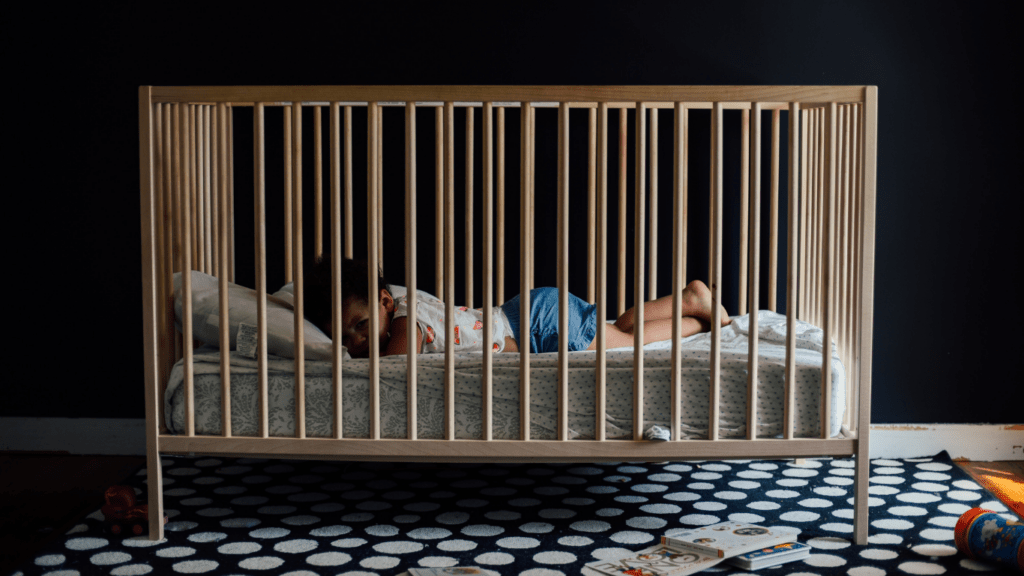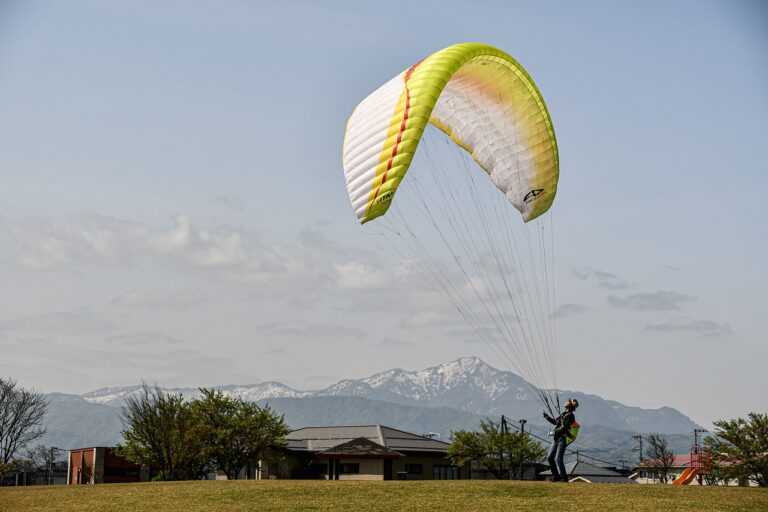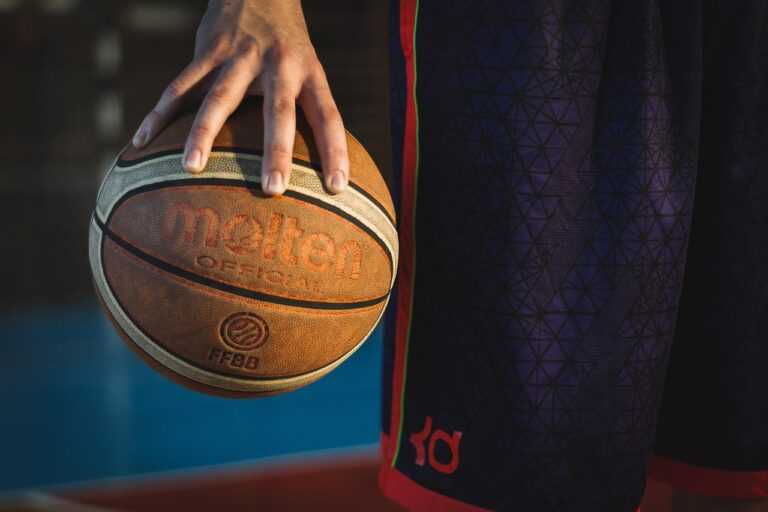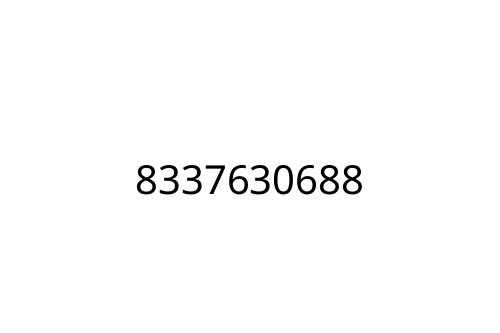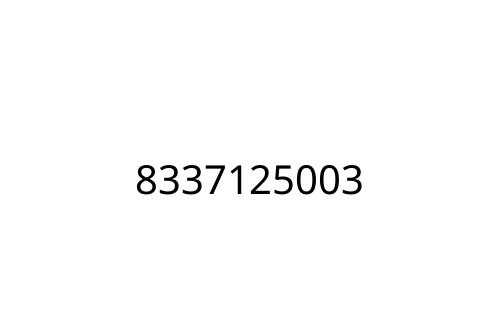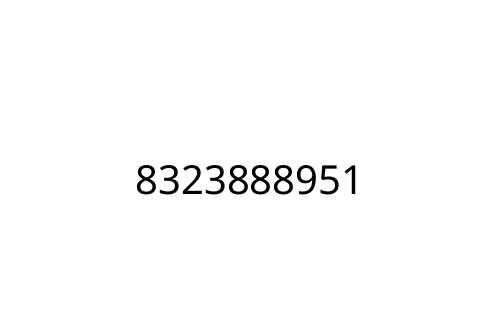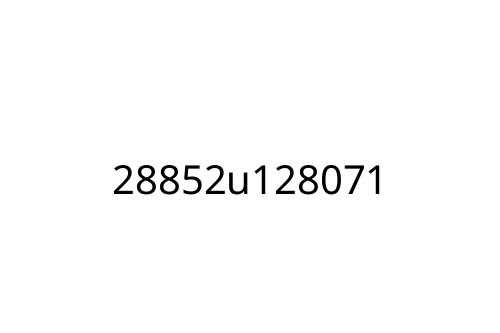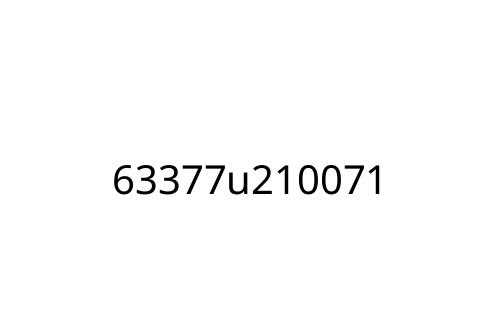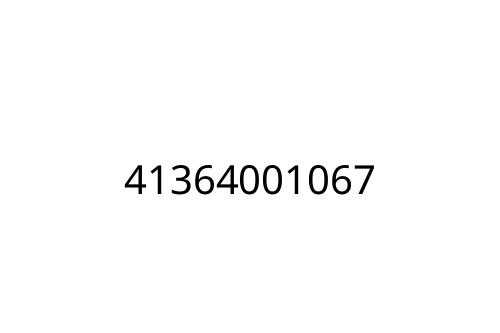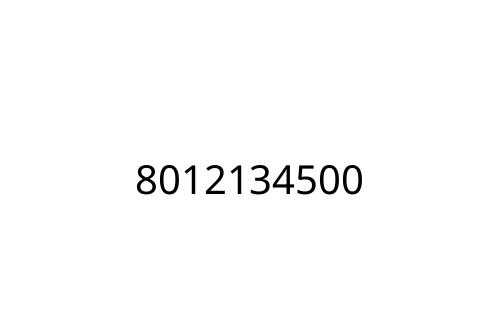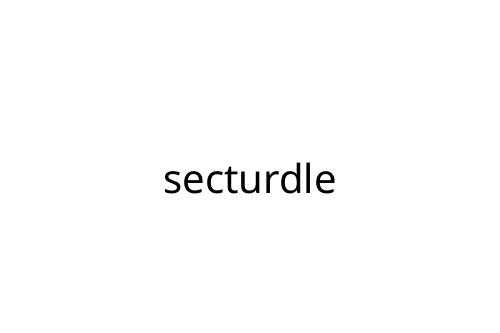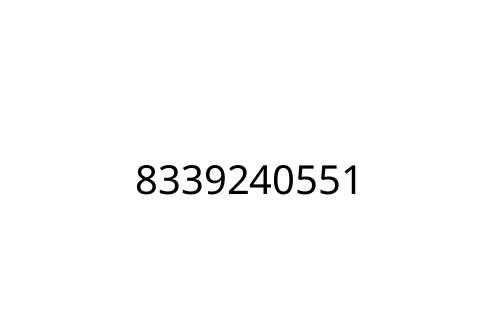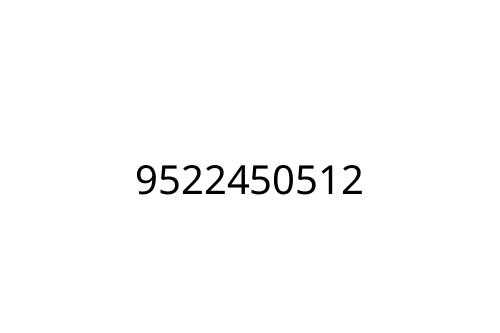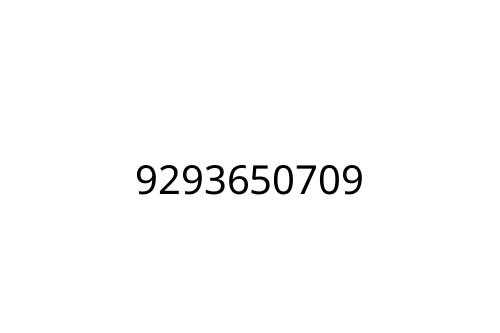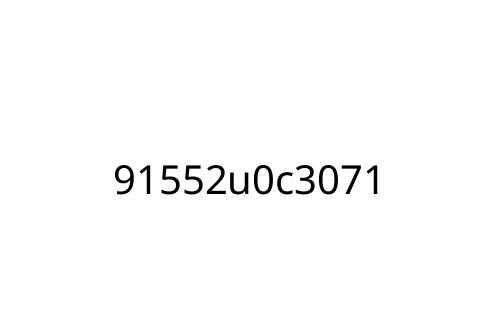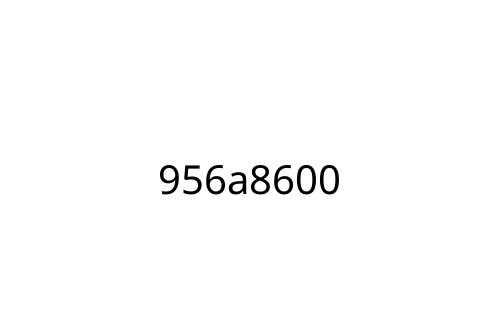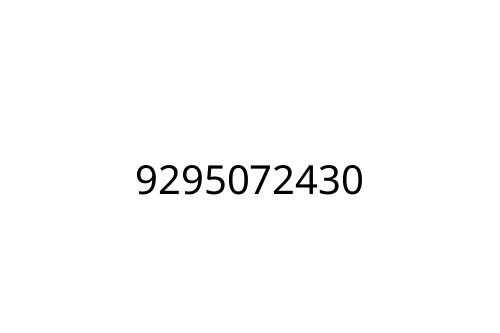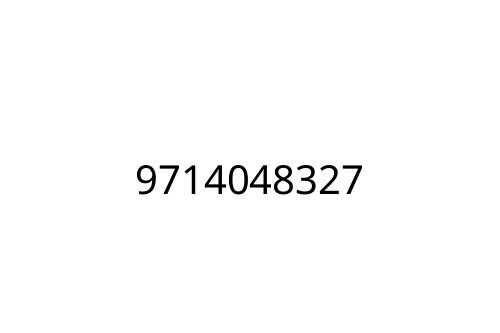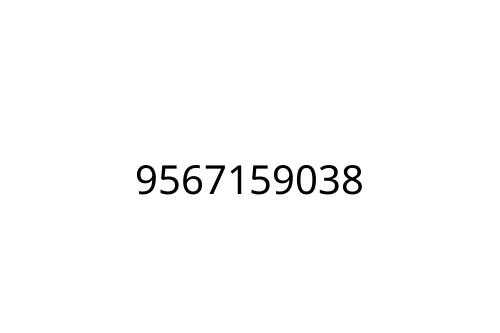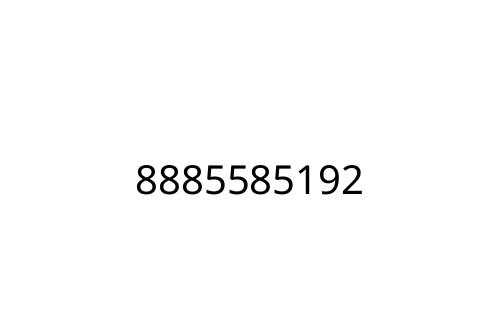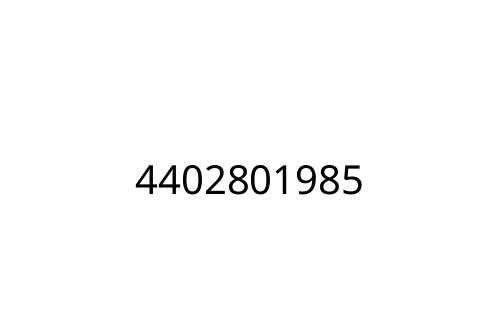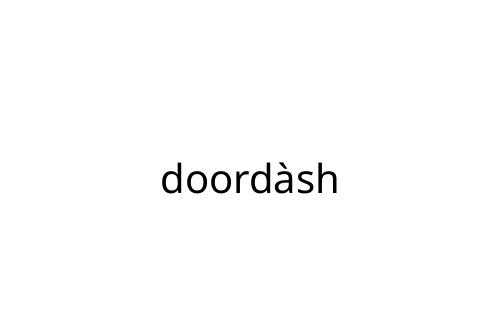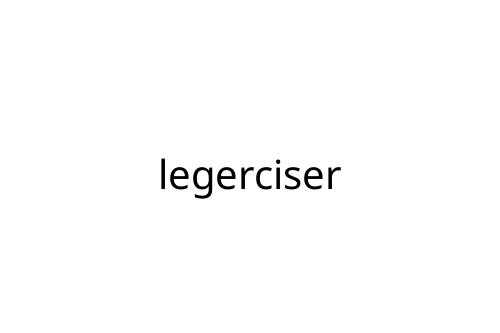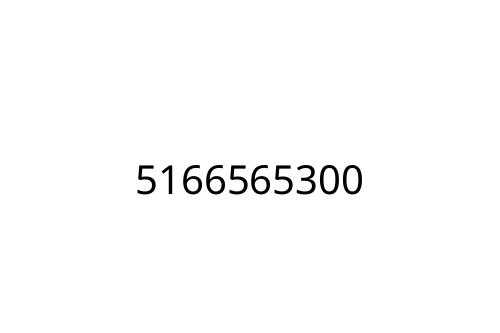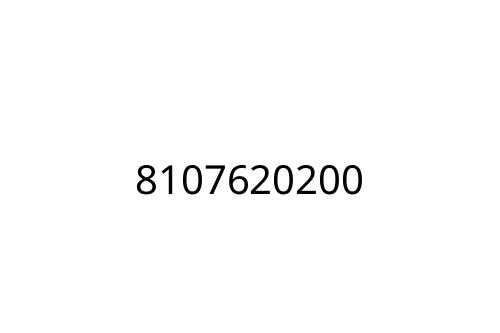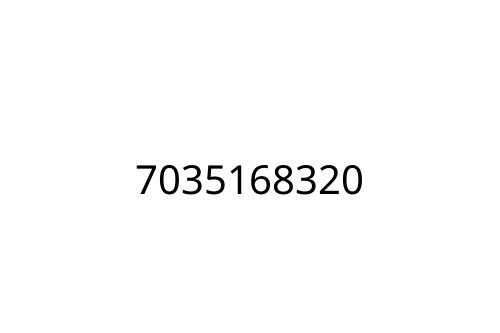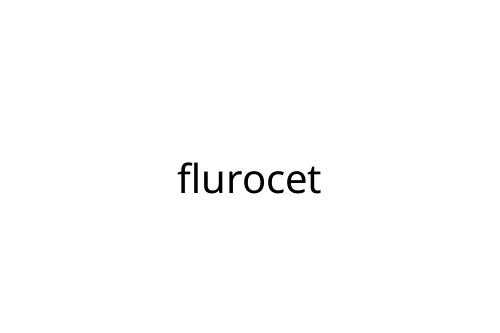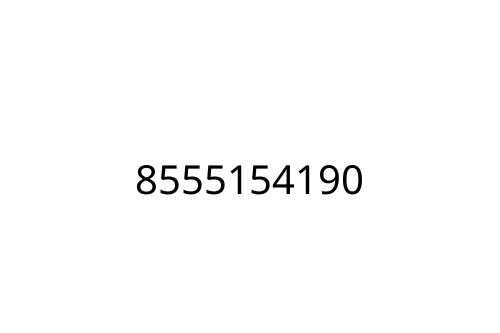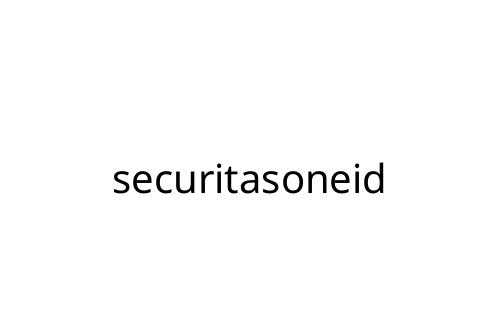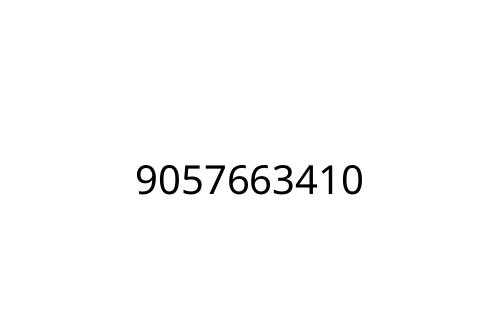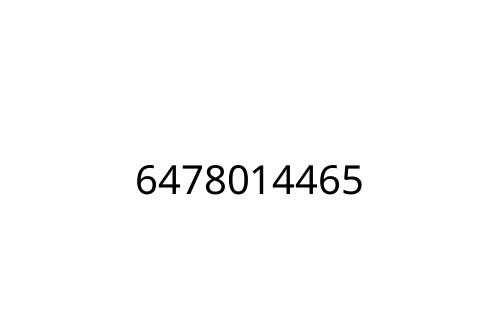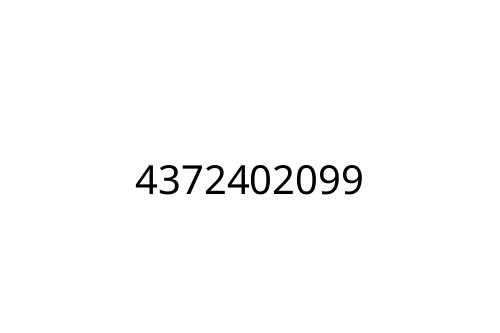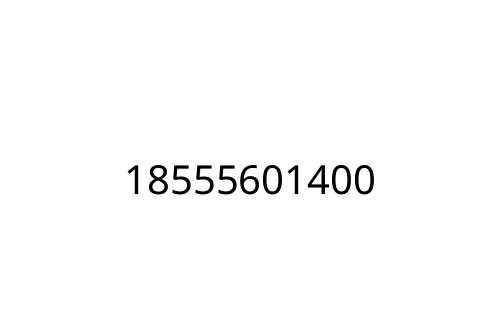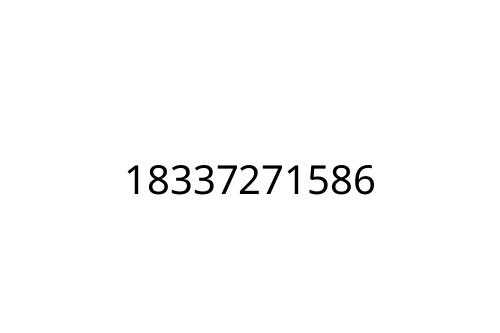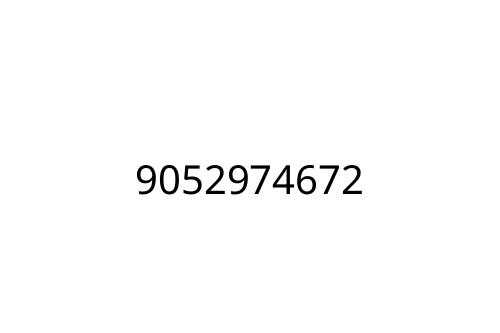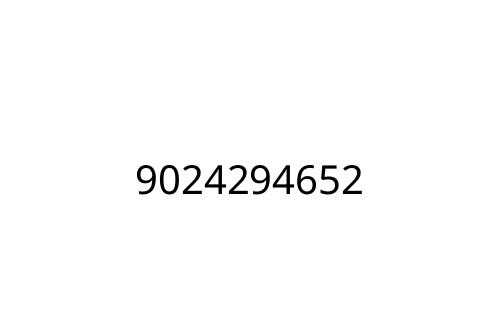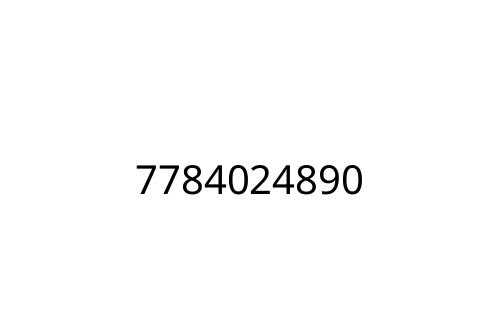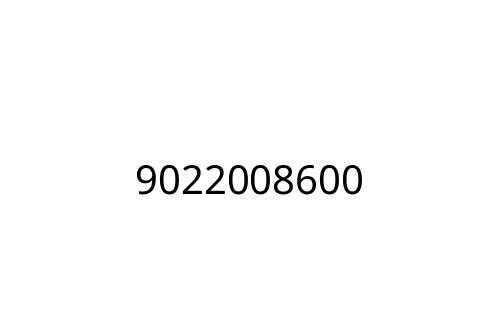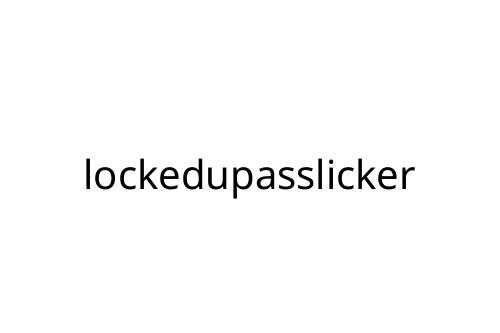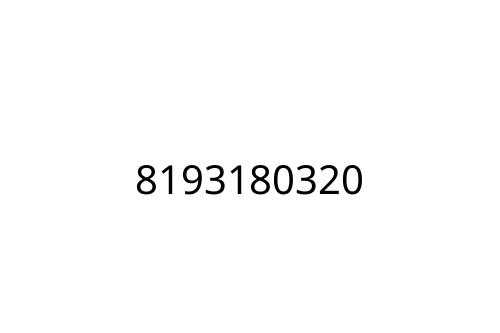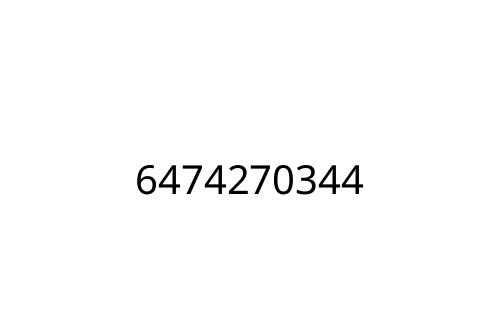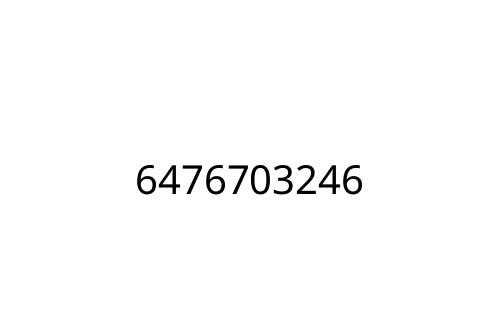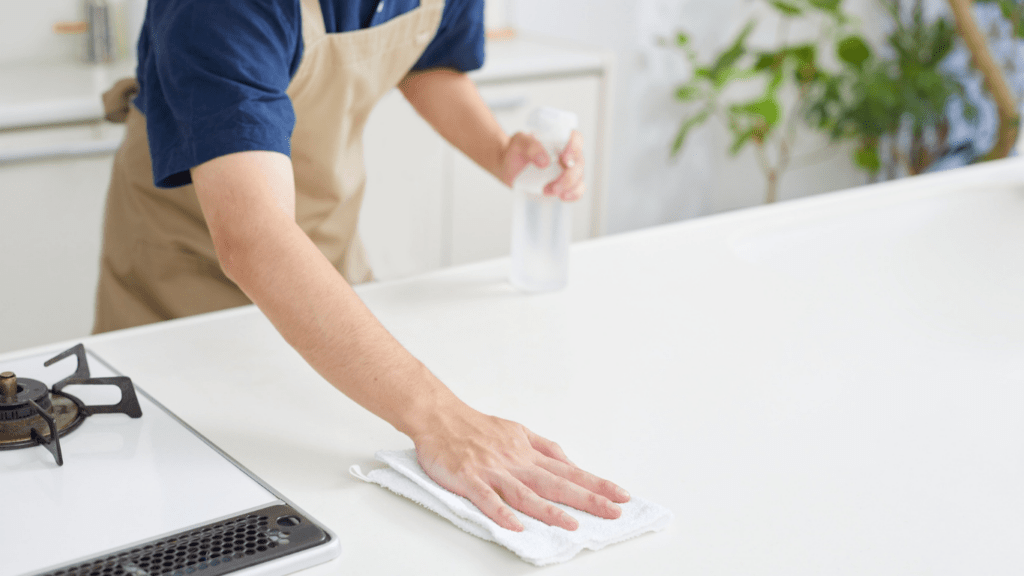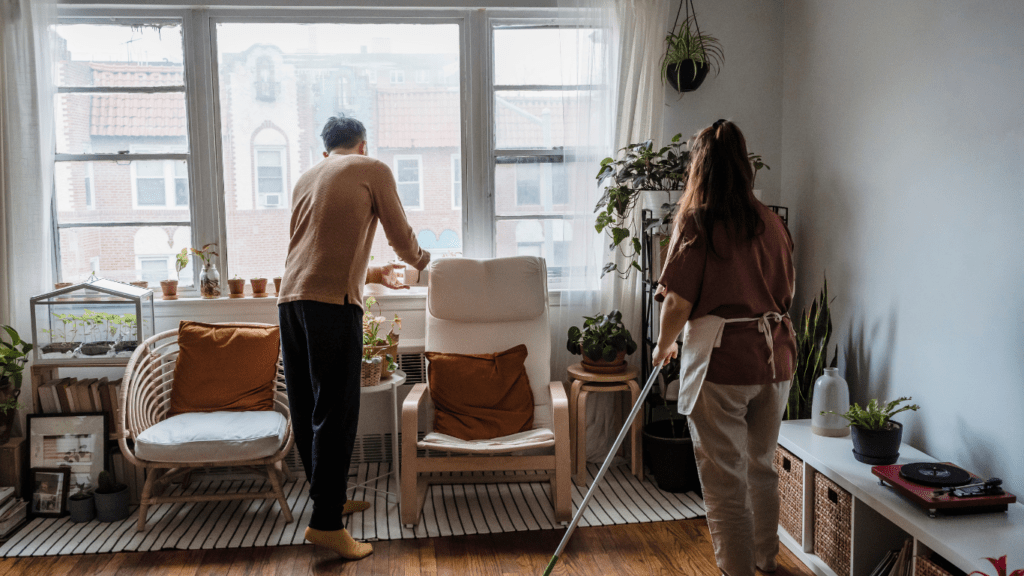Bringing a new baby into the world is an incredible joy, but it also comes with a whirlwind of responsibilities. One of the most crucial tasks for new parents is babyproofing their home. It’s all about creating a safe environment where your little one can explore without danger lurking around every corner.
I’ve learned that having the right babyproofing essentials can make all the difference in peace of mind. From securing furniture to covering sharp edges, these must-haves not only protect your baby but also give you the freedom to relax and enjoy those precious moments. In this article, I’ll share the top 10 babyproofing essentials every new parent needs to ensure a safe haven for their growing family.
Top 10 Babyproofing Essentials Every New Parent Needs
- Outlet Covers: Protects children from electrical shocks. Install outlet covers on all accessible electrical outlets to prevent toddlers from inserting objects.
- Cabinet Locks: Prevents access to harmful substances. Use cabinet locks on low cabinets containing cleaners, medications, and sharp objects.
- Corner Guards: Reduces injury risks. Place corner guards on furniture edges to soften sharp corners, minimizing the chance of bumps and bruises.
- Safety Gates: Blocks off dangerous areas. Install safety gates at the top and bottom of stairs or in rooms that aren’t safe for babies.
- Anti-Tip Straps: Secures furniture in place. Fasten anti-tip straps to bookshelves and heavy furniture, preventing tipping during climbing or pulling.
- Window Guards: Prevents falls from windows. Install window guards on all openable windows to keep little ones from climbing out.
- Door Stoppers: Avoids finger injuries. Use door stoppers to prevent doors from slamming shut, which can cause pinched fingers.
- Non-slip Bath Mats: Ensures safety in wet areas. Place non-slip bath mats in the bathtub and on bathroom floors to prevent slips and falls.
- Soft Play Mats: Provides a safe play surface. Use soft play mats in play areas to cushion falls and create a comfortable space for children.
- Cordless Window Treatments: Reduces strangulation risks. Choose cordless options for blinds and curtains to eliminate hazards associated with dangling cords.
Essential Safety Gates
Safety gates are crucial for keeping little ones safe from hazardous areas in the home. Choosing the right type and installing it correctly ensures that your baby remains secure while exploring.
Types of Safety Gates
- Pressure-Mounted Gates: These gates fit snugly between walls or frames using pressure. Ideal for locations without a need for permanent hardware, pressure-mounted gates work well in doorways and hallways.
- Hardware-Mounted Gates: These gates require drilling into walls or posts for installation. They’re more secure for high-traffic areas or at the top of stairs, where stability is essential.
- Retractable Gates: These versatile gates stretch across an opening when needed and retract when not in use. Suitable for spaces with limited room, they offer flexibility while maintaining safety.
- Walk-Through Gates: Designed with a door feature, walk-through gates allow adults to pass easily without removing the gate. This style offers convenience in busy households.
- Extra-Tall Gates: These gates provide increased height for taller children. They prevent climbing and offer peace of mind for parents of adventurous toddlers.
Installation Tips
- Measure Opening Widths: Check the width of your intended installation space to choose the right gate size, ensuring it fits snugly without gaps.
- Use the Right Tools: Have a screwdriver, drill, and level ready for hardware installation. Follow the manufacturer’s instructions closely for best results.
- Secure Properly: For hardware-mounted gates, ensure bolts are tightly fastened. Pressure-mounted gates should be tested for firmness to prevent slipping.
- Check Stability: After installation, test the gate’s sturdiness by applying moderate pressure. Adjust as necessary to maintain safety.
- Regularly Inspect: Periodically check gates for wear or loosening. Fix any issues promptly to keep your child safe from potential hazards.
Using safety gates effectively creates a secure environment, allowing your little one to explore while minimizing risks.
Cabinet and Drawer Locks
Cabinet and drawer locks play a critical role in babyproofing by preventing access to dangerous items like cleaning supplies and sharp objects. Choosing the right lock type ensures a safer environment for my child.
Different Lock Options
- Magnetic Locks: Magnetic locks require a special key or magnet to open. They’re hidden from view, making them an excellent choice for high cabinets.
- Sliding Locks: Sliding locks are easy to install and work on most cabinet types. They secure the cabinet door with a simple latch mechanism.
- Hook-and-Loop Fasteners: These soft fabric straps attach to cabinet doors. They’re simple to use, allowing parents to open and close cabinets with one hand.
- Combination Locks: Combination locks provide added security. Parents can set a unique code, making it difficult for children to access locked areas.
- Childproof Catches: Childproof catches are push-and-turn mechanisms that keep cabinets secured. They offer convenience with minimal installation effort.
How to Install Locks Effectively
- Read Instructions: Read the manufacturer’s instructions carefully. Each lock has specific guidelines for effective installation.
- Choose Locations: Choose the right locations for locks. Higher cabinets often require different locks than lower ones.
- Clean Surfaces: Clean the surfaces where locks will attach. This step ensures better adhesion and prevents damaging the cabinet finish.
- Use Tools: Use the necessary tools, like a drill or screwdriver, as required. Some locks may come with adhesive backing for quick installation.
- Test Functionality: Test each lock after installation. Ensure that it securely engages and disengages without hassle.
- Regular Checks: Regularly check locks for wear or malfunction. Ensuring proper functionality maintains maximum safety for my child.
Corner and Edge Guards
Corner and edge guards minimize the risk of injury from sharp furniture corners. Installing these guards helps create a safer environment for my baby to explore freely.
Importance of Using Guards
Using corner and edge guards prevents serious injuries from collisions with furniture. Babies often crawl or toddle while discovering their surroundings. By covering sharp corners, I reduce the chances of cuts and bruises. Preventing accidents contributes to peace of mind for parents, allowing everyone to enjoy time together without constant worry.
Materials and Styles Available
Corner and edge guards come in various materials and styles that suit my home decor and safety needs.
- Foam Guards: Soft and cushioned, foam guards absorb impact, making them ideal for sharp corners.
- Silicone Guards: Flexible and durable, silicone guards effectively stick to surfaces and resist wear.
- Plastic Guards: Rigid and easy to clean, plastic options often come in clear styles, blending seamlessly with furniture.
- Magnetic Guards: These guards secure easily and offer a sleek appearance, appealing to modern aesthetics.
Choosing the right material and style based on my home’s design ensures functionality and safety while enhancing the overall look.
Outlet Covers and Plugs
Outlet covers and plugs are essential for preventing electric shocks and ensuring a safe environment for my baby. These simple yet effective devices protect curious little hands from dangerous outlets.
Why Outlet Safety Matters
Outlet safety matters because electrical shocks can cause serious injuries or even fatalities. In 2020, the American Academy of Pediatrics reported over 6,000 injuries related to electrical outlets in children under five years old.
By taking precautionary measures to cover outlets, I significantly reduce the risk of accidents, allowing my child to explore safely.
Types of Outlet Covers
I can choose from several types of outlet covers to enhance safety:
- Plastic Outlet Covers: Basic plastic covers prevent access to standard outlets. They fit snugly and are easy to install.
- Sliding Outlet Covers: These covers automatically slide shut when not in use, providing effortless safety without requiring constant removal.
- Childproof Outlet Plugs: These plugs fit directly into the outlet, blocking access entirely. They require a bit of force to remove, making it difficult for children to manipulate.
- Magnetic Outlet Covers: Featuring strong magnets, these covers provide a secure fit and easy removal for adults, balancing accessibility and safety.
By selecting the right outlet covers, I create a safer environment, giving me peace of mind as my baby explores the home.
Babyproofing Furniture
Babyproofing furniture is crucial in creating a safe space for children. Securing heavy furniture and rearranging items can significantly reduce risks.
Securing Heavy Furniture
Securing heavy furniture prevents tipping accidents, a common hazard for exploring toddlers. I recommend using anti-tip straps to anchor dressers, bookshelves, and televisions to the wall.
These straps keep items stable and minimize injuries. According to the Consumer Product Safety Commission, nearly 20,000 injuries occur annually due to tipping furniture. It’s essential to check the weight limits and secure straps correctly.
Regularly inspect the secure connections for wear and tear, ensuring they remain effective.
Tips for Safe Arrangements
Arranging furniture safely can enhance overall safety. I suggest keeping heavy items on lower shelves, making them less likely to cause injury if pulled. Avoid placing furniture near windows or stairs where falls might occur.
Utilize corner wall spaces for large items to limit access and gaps. Maintain clear pathways to ensure ease of movement, reducing tripping hazards. Periodically reassess arrangements, especially as your child grows and begins to explore new areas. Keeping furniture out of reach encourages safe play and exploration.
Window Locks and Covers
Window safety is crucial for parents, as open windows pose a significant risk for young children. Implementing window locks and covers enhances security while providing peace of mind.
Ensuring Window Safety
Ensuring window safety involves using locks, guards, or covers to prevent accidents. According to the U.S. Consumer Product Safety Commission, over 4,000 children under age five are treated for window-related injuries each year.
Installing window locks restricts window openings, not allowing small children to climb or fall out. Window guards add an extra layer of security by preventing falls while still allowing fresh air.
Best Practices for Installation
Best practices for installation include measuring window dimensions to choose proper sizes for locks and covers. Follow these steps for effective installation:
- Choose appropriate locks: Select locks suitable for your window type, whether sliding, double-hung, or casement.
- Install securely: Use screws or brackets to ensure locks are mounted firmly.
- Avoid gaps: Ensure no gaps exist where a child could slip through or exert pressure to open.
- Test functionality: After installation, check that locks engage and disengage easily but cannot be manipulated by children.
- Educate caregivers: Show all caregivers how to operate the locks and where to find tools in case of emergencies.
By following these guidelines, parents can create a safer home environment, significantly reducing the risk of window-related injuries.
Non-Slip Mats and Rugs
Non-slip mats and rugs play a crucial role in babyproofing by preventing slips and falls. These essentials enhance safety by providing stable surfaces for infants and toddlers as they explore their surroundings.
Benefits of Non-Slip Solutions
Non-slip solutions offer significant advantages in a home with young children.
- Accident reduction: Non-slip surfaces minimize the risk of slips, which is vital as babies become mobile.
- Enhanced stability: They provide better footing, especially in high-traffic areas like kitchens and bathrooms.
- Durability: Many non-slip mats withstand wear and tear, lasting longer even with heavy use.
- Easy maintenance: Most non-slip mats and rugs are machine-washable, simplifying cleaning and upkeep.
- Versatile designs: Options exist that complement various home decors, allowing parents to maintain aesthetics while enhancing safety.
Where to Place Them
Strategic placement of non-slip solutions maximizes their effectiveness.
- Kitchens: Place mats near sinks and cooking areas to prevent slips on wet floors.
- Bathrooms: Use non-slip mats in and around bathtubs and showers to secure footing in wet spaces.
- Living rooms: Position rugs under coffee tables or play areas to create stable surfaces for crawling and walking.
- Entryways: Install mats by doors to catch dirt and moisture, reducing slip hazards as families enter and exit.
- Stairs: Consider non-slip strips or mats on stair treads to enhance safety and grip.
By incorporating non-slip mats and rugs in these areas, I can create a safer environment that minimizes risks for my little one.
Strap Anchors for Furniture
Strap anchors for furniture play a crucial role in babyproofing. They help secure heavy pieces, preventing tipping accidents that pose risks to exploring toddlers.
Importance of Strap Anchors
Strap anchors significantly reduce the risk of injuries caused by tipping furniture. The Consumer Product Safety Commission reports nearly 20,000 injuries annually linked to unsecured furniture.
By fastening heavy items like dressers and bookshelves to walls, parents create a stable environment. Strap anchors also provide peace of mind, allowing children to explore freely without the threat of dangerous falls.
How to Choose the Right Straps
Choosing the right straps involves considering several factors:
- Weight Capacity: Select straps designed to support the weight of your furniture.
- Material Strength: Look for materials like nylon or metal for durability.
- Installation Type: Ensure straps come with easy-to-follow installation hardware.
- Adjustability: Opt for adjustable straps that can fit various furniture pieces.
- Safety Certifications: Check for compliance with safety standards for additional assurance.
By focusing on these aspects, parents can effectively secure furniture, ensuring a safer space for their children.
Babyproofing the Bathroom
Babyproofing the bathroom ensures a safe environment for children during daily routines. Focusing on specific areas helps minimize potential hazards.
Key Areas to Focus On
- Locking Cabinets: Securing medication and cleaning supplies in locked cabinets prevents access to harmful substances. I use childproof locks suitable for different cabinet styles to enhance safety.
- Toilet Locks: Installing toilet locks prevents children from opening the lid, reducing the risk of drowning or contamination. I recommend easy-to-install models that fit most toilet designs.
- Non-slip Mats: Placing non-slip mats in and around the bathtub prevents slips and falls. I select mats designed for wet environments to ensure maximum grip and stability.
- Sharp Objects Storage: Storing razors, scissors, and other sharp items out of reach prevents accidental injuries. I opt for high shelves or locked drawers for added security.
- Electrical Safety: Using safety covers for electrical outlets near sinks reduces risks of electric shock. I choose tamper-resistant outlets or cover plates to ensure safety.
Safe Bathing Practices
- Always Supervise: I never leave my child unattended during bath time. Constant supervision prevents slips or other accidents.
- Water Temperature: Ensuring the bath water is at a safe temperature (under 100°F or 37.8°C) prevents burns. I test the water with my wrist before placing my child in the tub.
- Non-slip Bath Mats: Placing a non-slip mat inside the tub provides additional grip. I select mats with suction cups for extra stability.
- Bath Toys: Choosing safe, age-appropriate bath toys enhances playtime while ensuring safety. I regularly clean the toys to prevent mold and bacteria growth.
- Draining Water: I always drain the tub immediately after use to prevent accidental drownings. Leaving a dry tub also reduces the risk of slips in the bathroom.
Baby Monitors and Safety Cameras
Baby monitors and safety cameras provide peace of mind for new parents, allowing them to keep an eye on their little ones from anywhere in the home. Selecting the best options ensures safety and convenience.
Choosing the Right Monitor
Choosing the right monitor involves considering various factors to meet specific needs. First, assess the range needed; some monitors work best within limited distances, while others have extended range capabilities.
Second, determine the type of monitor preferred, such as audio-only, video, or smart monitors that connect to smartphones. Third, analyze battery life and charging features for ease of use. Finally, research brands and read reviews to ensure reliability and performance.
Features to Consider
Features significantly enhance the functionality of baby monitors. Look for high-resolution video capabilities for clear visuals, especially in low-light conditions. Check for two-way audio options, enabling communication with your child.
Consider additional features like temperature sensors that alert you to changes in room climate. Multiple camera support allows monitoring of different rooms, which is beneficial for larger homes. Lastly, evaluate compatibility with smart home systems to control settings conveniently, integrating the monitor into your daily routine.
